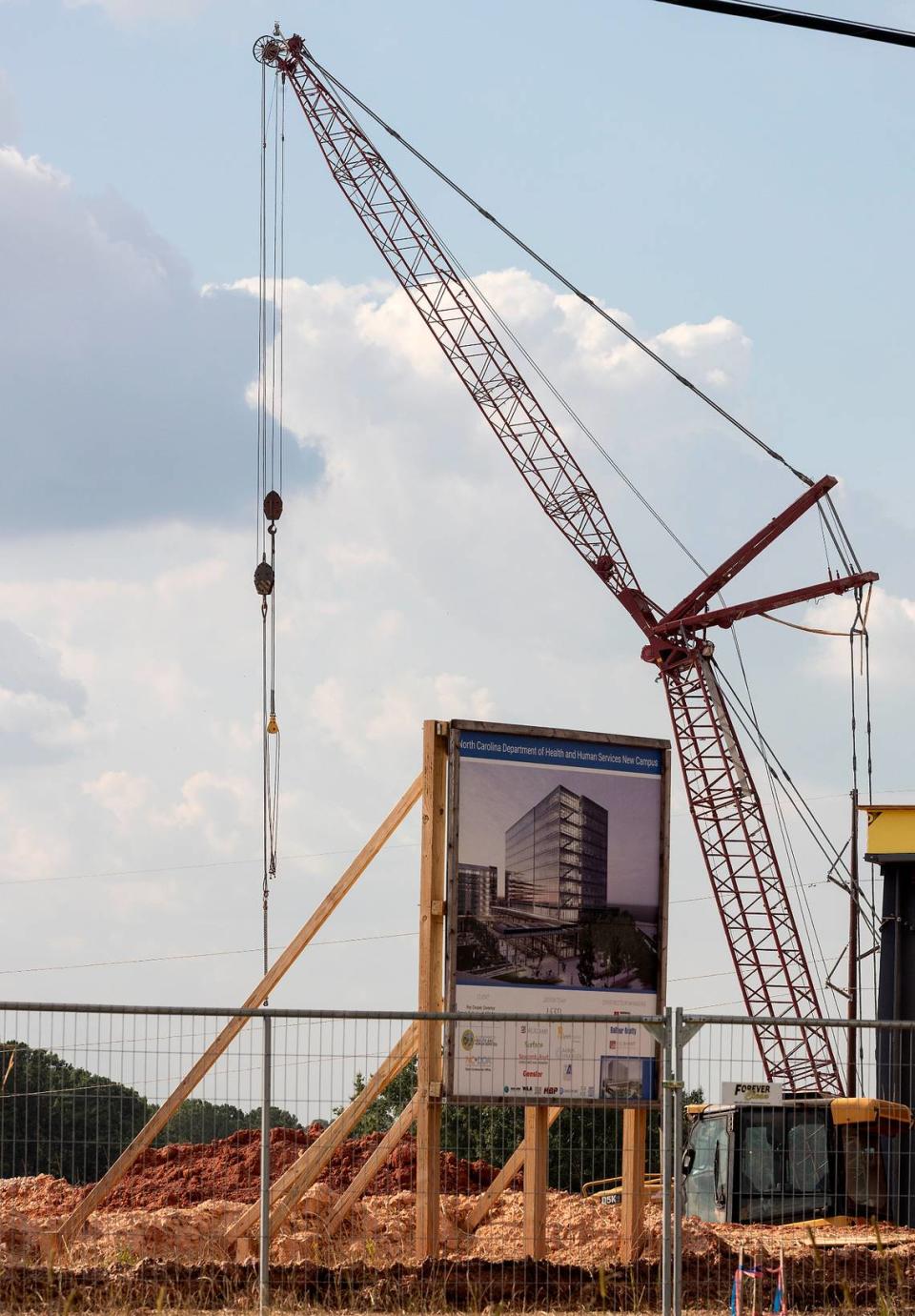$30 billion budget pays for projects, programs all over NC. See what your area is getting.
About $30 billion of North Carolina taxpayer money will be spent this year — much of it going to the districts represented by Republican lawmakers.
Republicans have a supermajority in the General Assembly and represent more rural areas than urban ones, so taxpayer money may also follow that urban-rural divide.
The more powerful a lawmaker, the better chances of bringing money back to their districts in the form of earmarks, which fund projects. Critics call it pork, while supporters say it’s what they’re sent to Raleigh to do.
With our interactive maps, you can see how much money in earmarks goes to each county, and for what.
From sewers to planes
It doesn’t have the whiz-bang factor of other projects, but North Carolina taxpayers are spending the most money to upgrade water and sewer infrastructure across the state. Of $6.5 billion in earmarks, the most — $1.9 billion — is going to water and sewer projects.
Lenoir County will get $205 million for the the N.C. Department of Transportation’s Global TransPark, a multi-modal industrial and business park. That breaks down to $175 million for an aircraft facility and $30 million for a flight training and office building.
In Orange County, which is home to UNC Chapel Hill, the budget allocates $53.5 million for a new UNC Business School, which has a total project cost of $194.2 million.
Powerful leaders get more
The total spending amount allocated by the budget, which is for two years, varies widely by county. Wilkes County, for example, will get $36 million. That’s less than the cost of one project in the district of House Speaker Tim Moore, who lives in Cleveland County.
An earmark for Moore’s district provides nearly $40 million for a new Cleveland County courthouse and 911 center. Moore acknowledged the money came with his influence.
“That’s something that’s really been important for a long time for our community, and the county cannot afford to build it just alone. And so it’s a way that I can help secure the funding to bring it back,” Moore told The News & Observer about the project.
“I’m not going to be here forever. Whoever replaces me will likely be sitting somewhere toward the back of the room and a new member and probably not be able to leverage projects like that. So I wanted to try to bring as much back for worthy causes,” Moore said. He is the longest-serving House speaker in North Carolina, and will not run for reelection in 2024.

Senate leader Phil Berger’s big-ticket earmarks are for water and sewer infrastructure in his district. The Republican is from Rockingham County.
Some earmarks are for programs that align with political preferences. Republican budget writers have previously given taxpayer money to crisis pregnancy centers, and that is again a focus with a new center in Moore’s Cleveland County district; hundreds of thousands to other centers in Anson, Forsyth, Greene, Lincoln, McDowell, Moore and Stokes counties; and an additional $12.5 million for the statewide Carolina Pregnancy Fellowship. The centers are typically run by anti-abortion groups.
New DHHS building, downtown changes
Some projects funded in the budget are in Raleigh but serve the entire state. The N.C. Department of Health and Human Services is getting a new building on Blue Ridge Road in western Raleigh.
It’s been years in the works, since Dix Park is being turned from a DHHS campus into a recreation destination. The health agency almost didn’t stay in Wake County at all, with a Senate budget proposal that would have moved it to Granville County. Public records obtained by The News & Observer show that the plan was news even to Granville leaders, but in the end DHHS will remain in the capital city. The DHHS building construction is visible from Blue Ridge Road, near the N.C. Museum of Art and down the road from the State Fairgrounds.

The 2023 budget allocated $118.5 million for the DHHS relocation project, whose total cost is $244 million. The funding source is the State Capital and Infrastructure Fund (SCIF).
The N.C. Museum of History in downtown Raleigh will also receive money for its interior renovation project, with $39.2 million coming in this budget of the total project cost of $180 million. That’s also funded from the SCIF.
A few blocks away, the plan to demolish the Department of Administration building and build a new education campus for K-12 and higher education agencies received more funding. That includes $10 million for demolition and another $22.7 million for a new parking deck.
You can find more construction projects and program funding sorted by county in our interactive database. Data is from the North Carolina General Assembly budget bill and the legislature’s fiscal research division.

